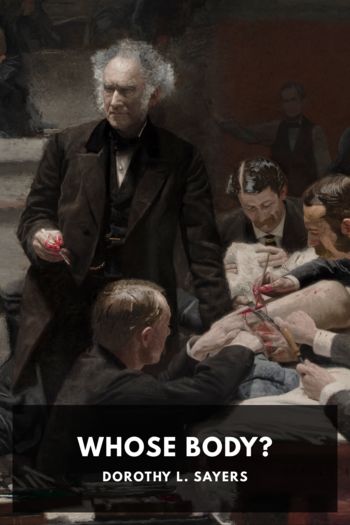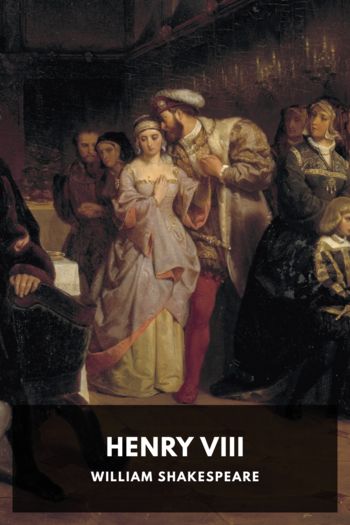The Divine Comedy by Dante Alighieri (13 inch ebook reader .txt) 📕

Description
Dante Alighieri’s Divine Comedy is considered one of the greatest works in world literature, and it established the standardized Italian language that is used today. Writing between 1308 and 1320, Dante draws from countless subjects including Roman Catholic theology and philosophy, the struggle between the papacy and the Holy Roman Empire, Greek mythology, and geocentric cosmology to answer the age-old question: what does the afterlife look like? Dante’s vision of the answer, this three-volume epic poem, describes in great detail the systematic levels in Hell, Purgatory, and Heaven.
The poem opens with Dante’s death—not his actual death that would come shortly after his work’s completion, but his fictional death—where the author is found wandering in a dark forest. Blocked from climbing towards the bright light by a she-wolf, a leopard, and a lion, he is forced to walk further into the darkened valley and towards the gates of Hell. Dante and his guides must then travel through the nine circles of Hell, seven terraces of Purgatory, and nine spheres of Heaven to experience divine justice for earthly sins so that he may reach the Empyrean and receive God’s love. On his journey, he will learn that one must be consciously devoted to the path of morality and righteousness, else one find oneself on a path towards sin.
This production is based on Henry Wadsworth Longfellow’s blank verse translation. Longfellow succeeds in capturing the original brilliance of Dante’s internal rhymes and hypnotic patterns while also retaining accuracy. It is said that the death of his young wife brought him closer to the melancholy spirit of Dante’s writing, which itself was shaped by his wounding exile from his beloved Florence in 1302.
Read free book «The Divine Comedy by Dante Alighieri (13 inch ebook reader .txt) 📕» - read online or download for free at americanlibrarybooks.com
- Author: Dante Alighieri
Read book online «The Divine Comedy by Dante Alighieri (13 inch ebook reader .txt) 📕». Author - Dante Alighieri
The Mountain of Purgatory, rising out of the sea at a point directly opposite Jerusalem, upon the other side of the globe. It is an island in the South Pacific Ocean. ↩
This brooklet is Lethe, whose source is on the summit of the Mountain of Purgatory, flowing down to mingle with Acheron, Styx, and Phlegethon, and form Cocytus. See Canto XIV 136. ↩
It will be observed that each of the three divisions of the Divine Comedy ends with the word “Stars,” suggesting and symbolizing endless aspiration. At the end of the Inferno Dante “re-beholds the stars”; at the end of the Purgatorio he is “ready to ascend to the stars”; at the end of the Paradiso he feels the power of “that Love which moves the sun and other stars.” He is now looking upon the morning stars of Easter Sunday. ↩
The Mountain of Purgatory is a vast conical mountain, rising steep and high from the waters of the Southern Ocean, at a point antipodal to Mount Sion in Jerusalem. In Canto III 14, Dante speaks of it as
“The hill
That highest tow’rds the heaven uplifts itself”;
and in Paradiso, XXVI 139, as
“The mount that rises highest o’er the wave.”
Around it run seven terraces, on which are punished severally the Seven Deadly Sins. Rough stairways, cut in the rock, lead up from terrace to terrace, and on the summit is the garden of the Terrestrial Paradise.
The Seven Sins punished in the Seven Circles are—1. Pride; 2. Envy; 3. Anger; 4. Sloth; 5. Avarice and Prodigality; 6. Gluttony; 7. Lust.
The threefold division of the Purgatorio, marked only by more elaborate preludes, or by a natural pause in the action of the poem, is—1. From Canto I to Canto IX; 2. From Canto IX to Canto XXVIII; 3. From Canto XXVIII to the end. The first of these divisions describes the region lying outside the gate of Purgatory; the second, the Seven Circles of the mountain; and the third, the Terrestrial Paradise on its summit.
“Traces of belief in a Purgatory,” says Mr. Alger, Doctrine of a Future Life, p. 410, “early appear among the Christians. Many of the gravest Fathers of the first five centuries naturally conceived and taught—as is indeed intrinsically reasonable—that after death some souls will be punished for their sins until they are cleansed, and then will be released from pain. The Manichaeans imagined that all souls, before returning to their native heaven, must be borne first to the moon, where with good waters they would be washed pure from outward filth, and then to the sun, where they would be purged by good fires from every inward stain. After these lunar and solar lustrations, they were fit for the eternal world of light. But the conception of Purgatory as it was held by the early Christians, whether orthodox Fathers or heretical sects, was merely the just and necessary result of applying to the subject of future punishment the two ethical ideas that punishment should partake of degrees proportioned to guilt, and that it should be restorative. …
“Pope Gregory the Great, in the sixth century—either borrowing some of the more objectionable features of the Purgatory-doctrine previously held by the heathen, or else devising the same things himself from a perception of the striking adaptedness of such notions to secure an enviable power to the Church—constructed, established, and gave working efficiency to the dogmatic scheme of Purgatory ever since firmly defended by the Papal adherents as an integral part of the Roman Catholic system. The doctrine as matured and promulgated by Gregory, giving to the representatives of the Church an almost unlimited power over Purgatory, rapidly grew into favor with the clergy, and sank with general conviction into the hopes and fears of the laity,” ↩
The Muse “of the beautiful voice,” who presided over eloquence and heroic verse. ↩
The nine daughters of Pierus, king of Macedonia, called the Pierides. They challenged the Muses to a trial of skill in singing, and being vanquished were changed by Apollo into magpies. Ovid, Metamorphoses V, Maynwaring’s Tr.:—
“Beneath their nails
Feathers they feel, and on their faces scales;
Their horny beaks at once each other scare,
Their arms are plumed, and on their backs they bear
Pied wings, and flutter in the fleeting air.
Chatt’ring, the scandal of the woods, they fly,
And there continue still their clam’rous cry:
The same their eloquence, as maids or birds,
Now only noise, and nothing then but words.”
↩
The highest heaven. ↩
The planet Venus. ↩
Chaucer, “Knightes Tale”:—
“The besy larke, the messager of day,
Saleweth in hire song the morwe gray,
And firy Phebus riseth up so bright,
That all the orient laugheth of the sight.”
↩
The stars of the Southern Cross. Figuratively the four cardinal virtues. Justice, Prudence, Fortitude, and Temperance. See Canto XXXI 106:—
“We here are Nymphs, and in the Heaven are stars.”
The next line may be interpreted in the same figurative sense.
Humboldt, Personal Narrative, II 21, Miss Williams’s Tr., thus describes his first glimpse of the Southern Cross:—
“The pleasure we felt on discovering the Southern Cross was warmly shared by such of the crew as had lived in the colonies. In the solitude of the seas, we hail a star as a friend from whom we have long been separated. Among the Portuguese and the Spaniards peculiar motives seem to increase this feeling; a religious sentiment attaches them to a constellation, the form of which recalls the sign of the faith planted by their ancestors in the deserts of the New World.
“The two great stars which mark the summit and the foot of the Cross having nearly the same right ascension, it follows hence, that the constellation is almost perpendicular at the moment when it passes the meridian.





Comments (0)